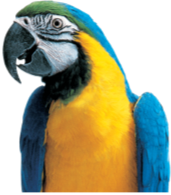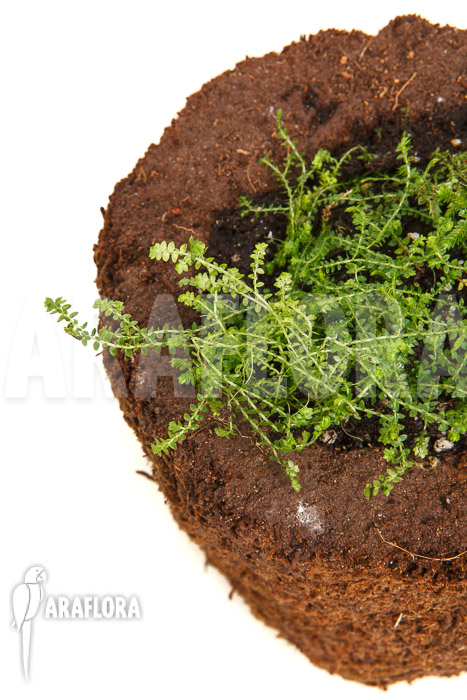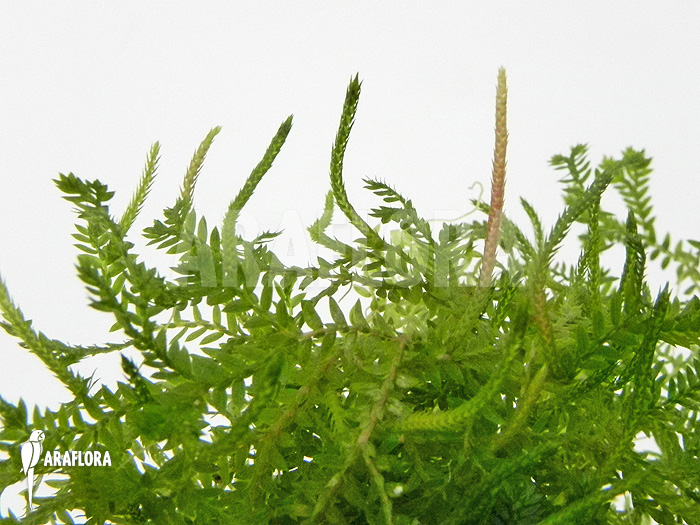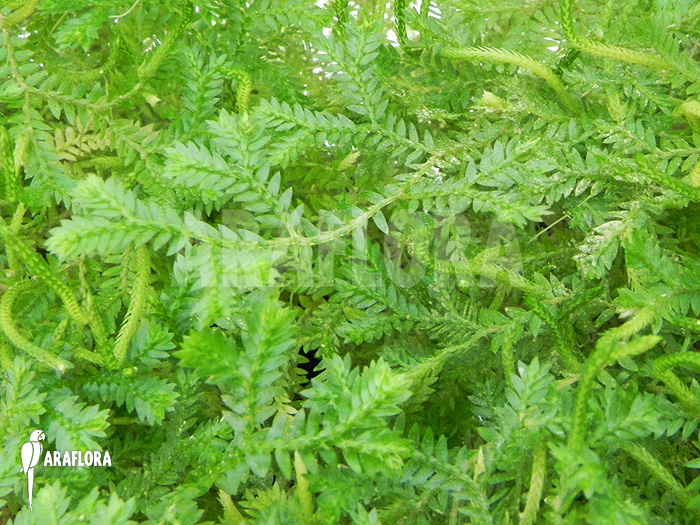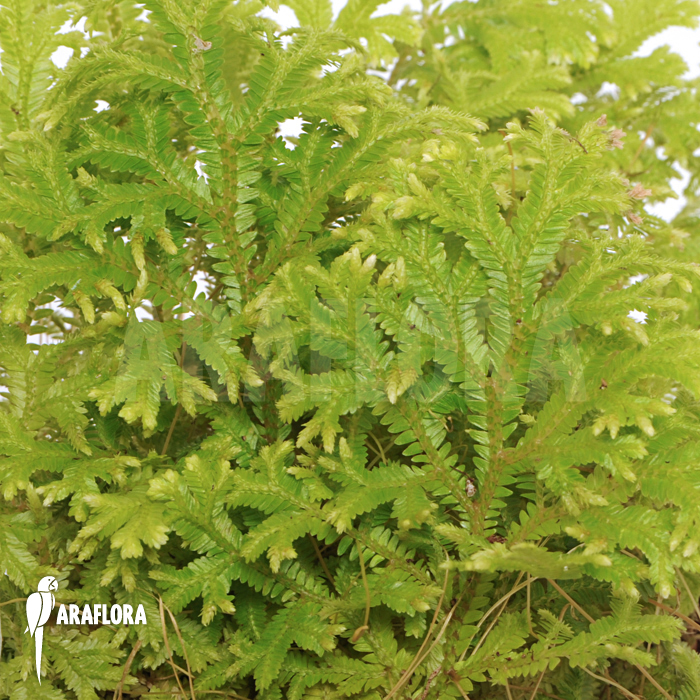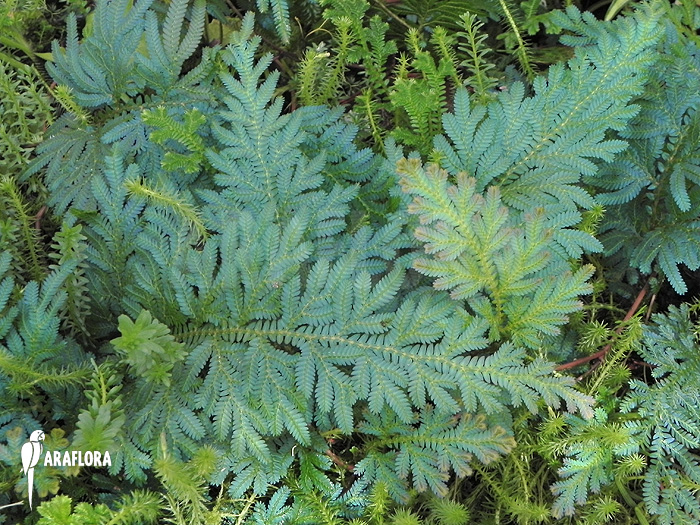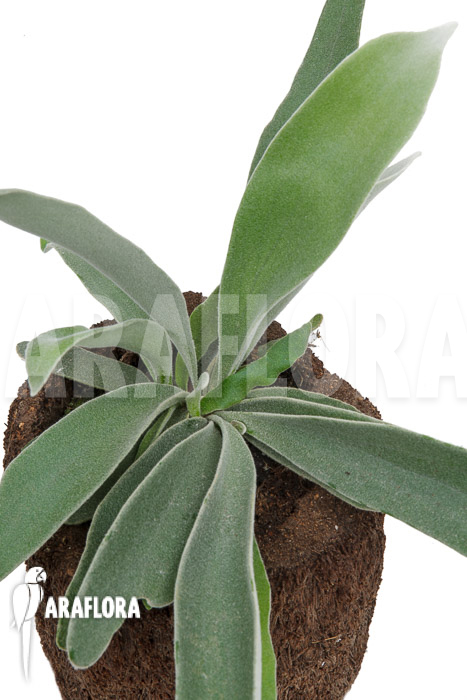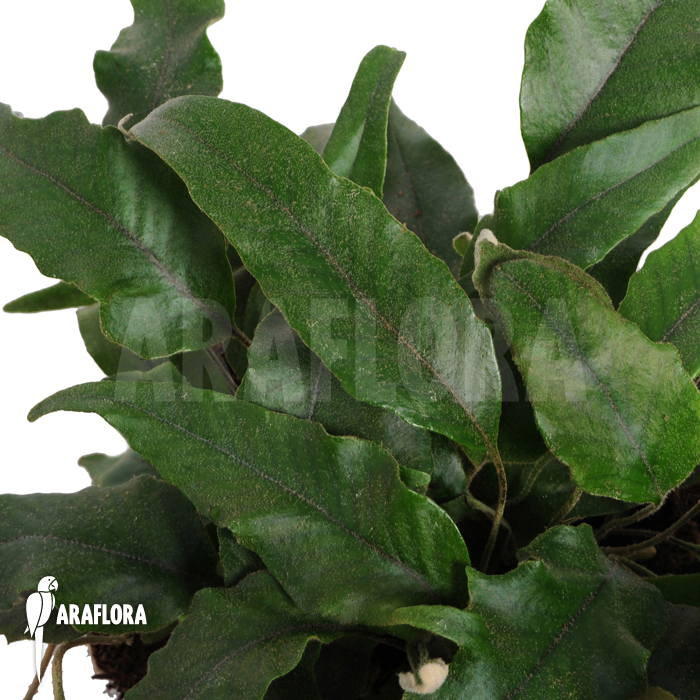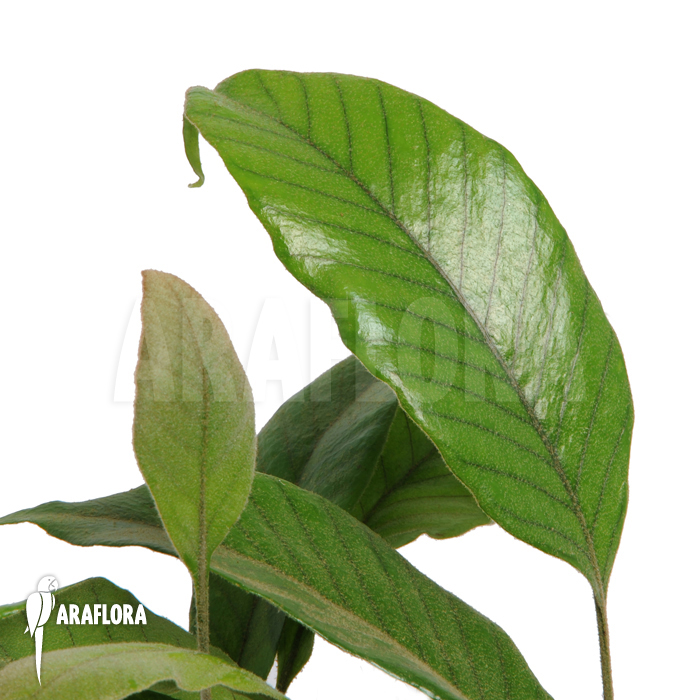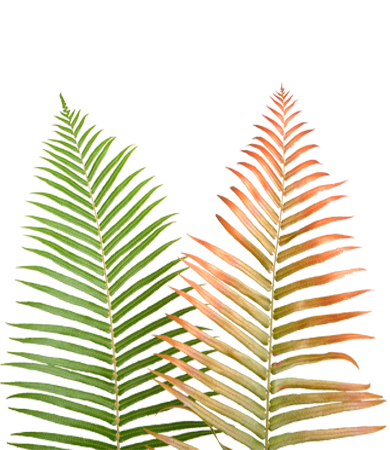
Ferns and selaginella for a terrarium are types of plants that can be kept well in somewhat humid terrariums. They thrive in both subtropical and tropical terrariums. Selaginella plants are plants that look a bit like ferns and occur in tropical rainforests.
 Price range
Price range
 Price range
Kies het prijsniveau dat uw voorkeur heeft.
Price range
Kies het prijsniveau dat uw voorkeur heeft.
 Care
Care
 Care
Kies hier het type verzorging dat uw voorkeur heeft.
Care
Kies hier het type verzorging dat uw voorkeur heeft.
 Place
Place
 Place
Kies hier het type standplaats dat uw voorkeur heeft.
Place
Kies hier het type standplaats dat uw voorkeur heeft.
 Light
Light
 Light
Kies hier het type licht dat uw voorkeur heeft.
Light
Kies hier het type licht dat uw voorkeur heeft.
 Watering
Watering
 Watering
Kies hier welk type watergift uw voorkeur heeft
Watering
Kies hier welk type watergift uw voorkeur heeft
Plant soort
Groeiwijze
They are also called moss ferns. Araflora sells ferns and moss ferns in various sizes, so there is always one that fits perfectly in your terrarium. These plants do particularly well with lizards, geckos, frogs, chameleons and salamanders.
The genus Lecanopteris (ant ferns) consists of ferns that have entered into a partnership with ants. The animals live in the hollow rhizome (root) of the plant. When the ant fern is still young, the rhizome is still completely closed and solid. Later, openings form and eventually a cavity in which the ants can move in. The ants have a clear advantage from this. They have a protected shelter. However, the plants also make their profit here because the ants leave their feces and other material in the rhizome. The plants can make good use of these extra nutrients because they grow on trees.
You don't have to worry that when you buy these plants you will also have to take a house full of ants, because Lecanopteris also grows well without its inhabitants.
There are 13 wild species of Lecanopteris, which can be found in Southeast Asia and the Philippines. They grow at different heights and areas, which means that they can also withstand fluctuating conditions in your home. However, they need a temperature of around 25⁰C with a high humidity of around 80%. Temperatures below 10⁰C or above 35⁰C can be fatal for ant ferns.
Lecanopteris can be fertilized. Do this in small quantities. Because the plants are originally epiphytic, there must be good air circulation in the space where the ant fern is located. It is also better to let the substrate dry out a bit before watering, all this to prevent rot and disease of the rhizomes. It is possible to grow ant ferns on orchid mix or wood chips, as long as there is good drainage.



